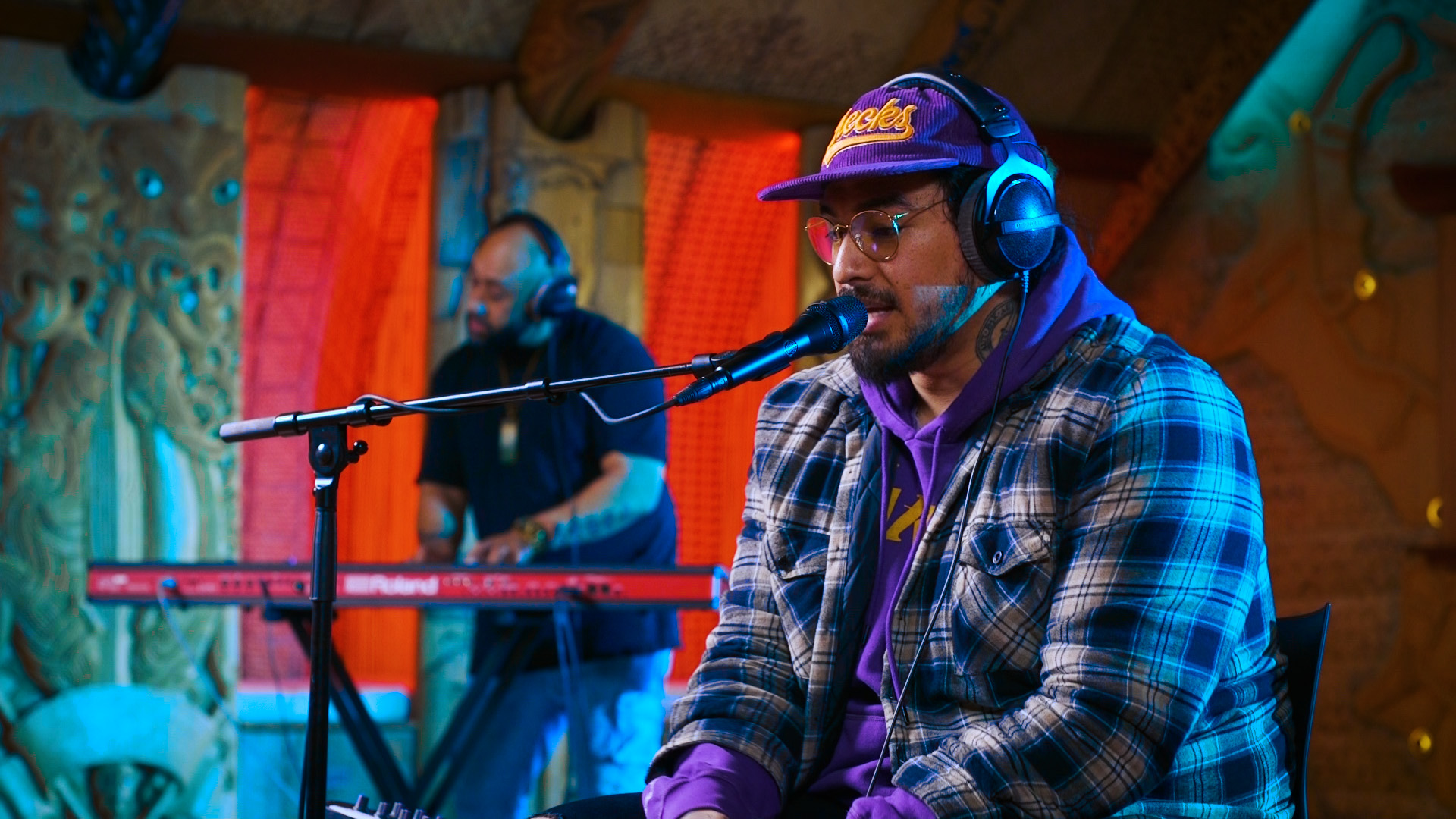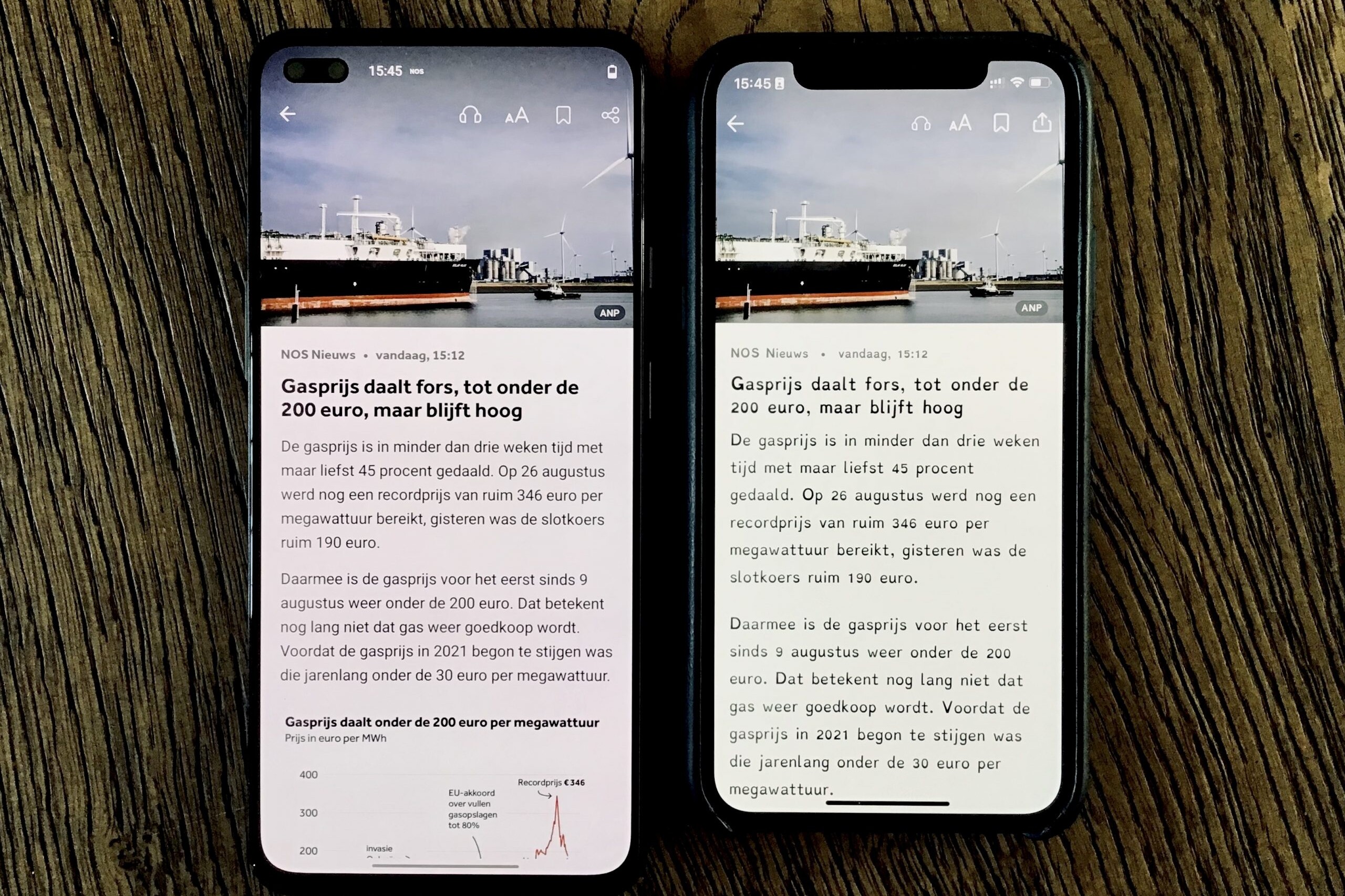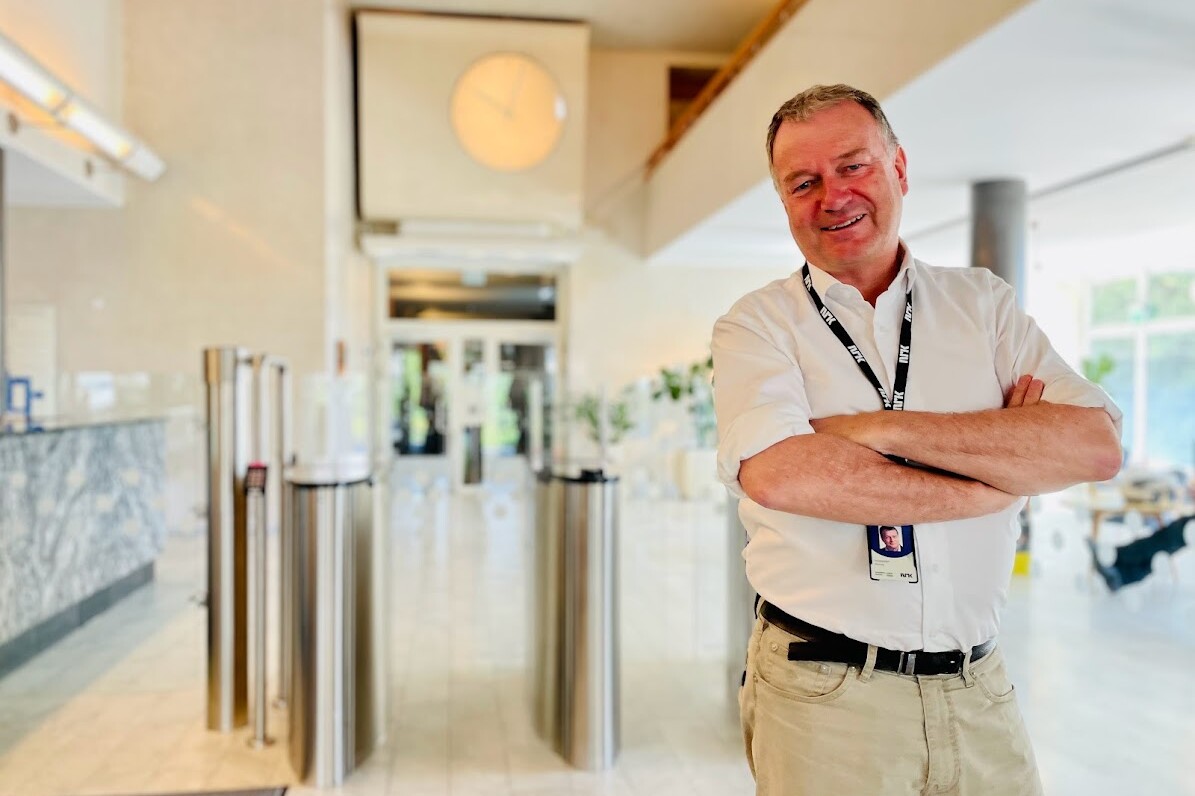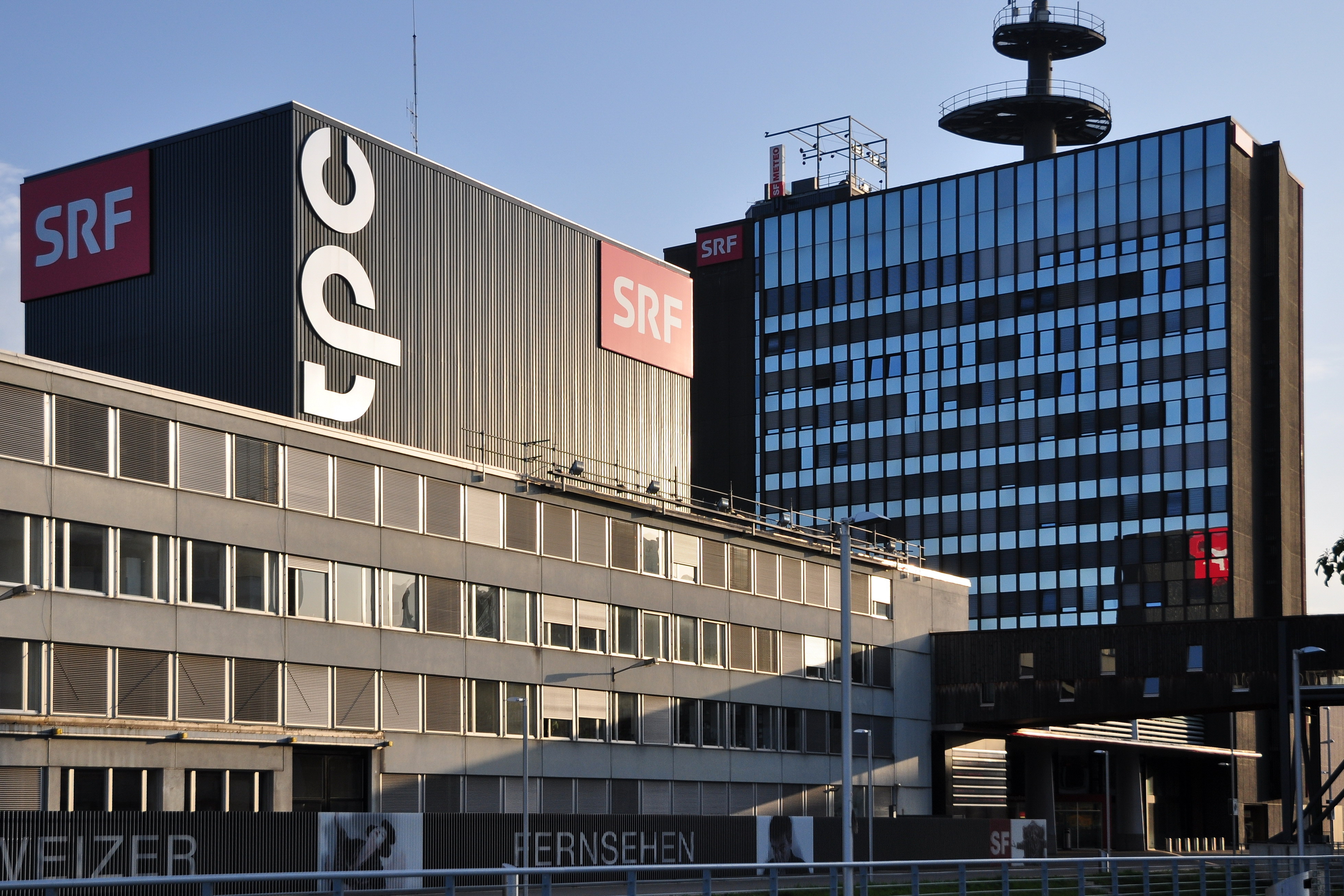PSM INNOVATIONS
Discovering local music through public radio
25 October 2022
At a time when it’s harder than ever to discover new local music, public radio stations across the United States and beyond continue to play a key role in bolstering local music economies.
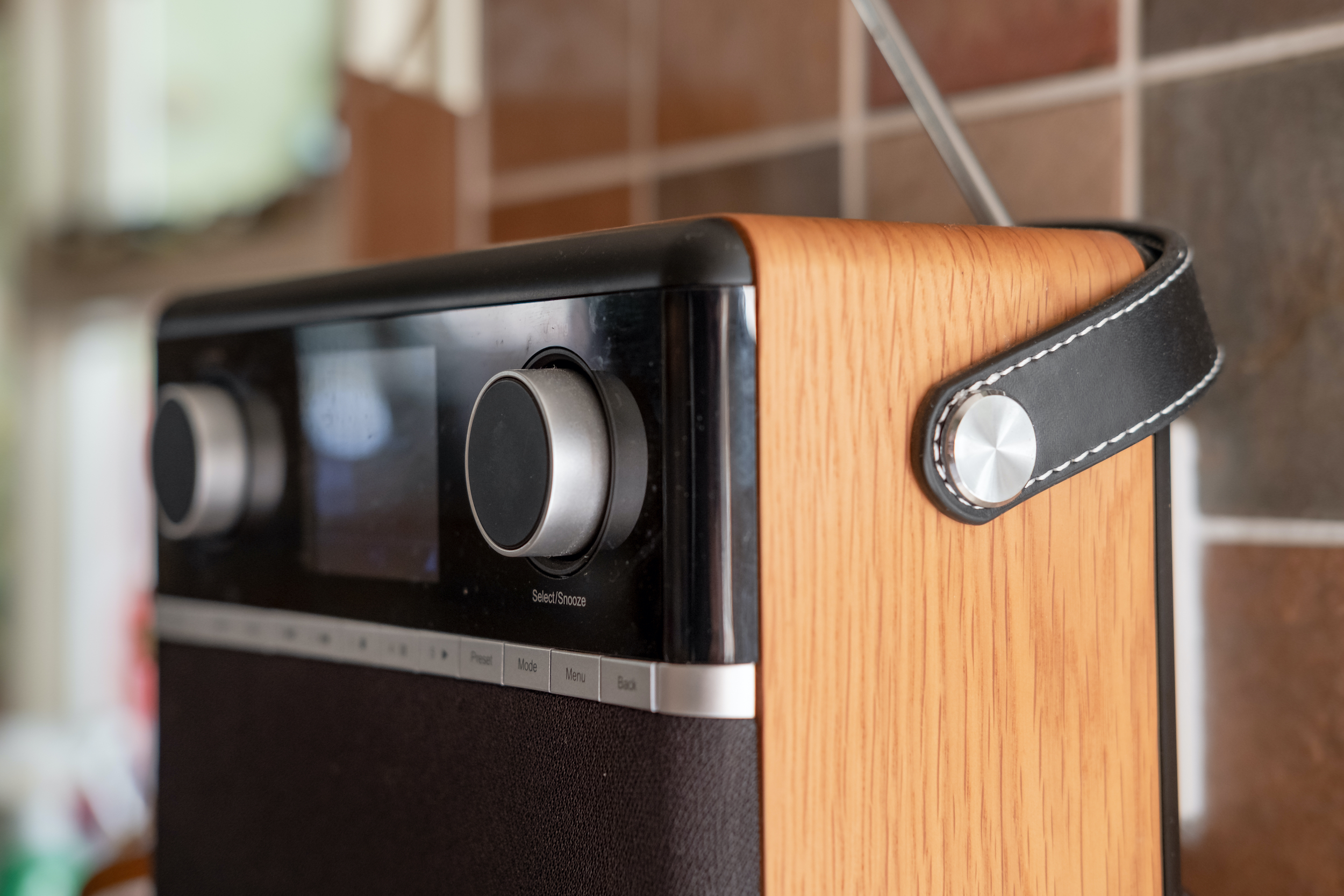
Last month, a bipartisan resolution was introduced in the United States House and Senate to recognise 26 October as Public Radio Music Day (PRMD). The annual nationwide celebration, organised by the nomcomMUSIC Alliance, is designed to highlight the vital role and value of music in the public radio system. The resolution honoured public radio’s valuable contribution to the arts, education and culture, NPR reported.
“The diversity of their innovative programming is an unparalleled public service which I am proud to celebrate with this resolution designating October 26, 2022, as Public Radio Music Day,” said Congresswoman Mary Gay Scanlon.
The theme for PRMD 2022 is “Discovering the Sound of Local Communities”, to spotlight public radio stations’ return to producing live local concerts and music discovery events for their communities across all genres, following the height of the COVID-19 pandemic. The nationwide celebration will unite public radio music stations, listeners, artists, performers, and other music industry stakeholders to raise awareness of the special role that non-commercial music stations play in the music industry locally and nationally.
The network of hundreds of local public radio music stations reaches millions of listeners weekly. “Overall local public radio music stations often provide the only platform for regional music and musicians, bolster the local music economy, and serve as cultural hubs with community service, education, and music discovery,” NPR Communications & Engagement Manager, Government & External Affairs, Shana Armstrong told PMA.
It comes at a time when audience behaviours and music discovery trends are being diluted by social media platforms like TikTok, sync placements on popular TV series and film, and curated playlists on streaming platforms like Spotify or Apple Music. Discovering new local music is arguably harder now than ever before, impacting local artists, local music economies, and listeners.
Other public media organisations worldwide offer similar programmes and opportunities for local communities to discover new musical talent. ‘BBC Music Introducing’ is BBC Radio’s platform for supporting unsigned, undiscovered music acts on a regional and national level. Radio New Zealand’s new youth platform, ‘Tahi’, aims to connect young audiences with local music with 40% of Tahi.fm’s music coming from local artists. Elsewhere around the world, there are certain quotas for the percentage of radio programming that must play locally-produced music.
These types of programming and opportunities are important for maintaining public radio’s innovative and unique role in music discovery and community engagement by connecting diverse audiences with new musical genres and talent.
While the congressional resolution still needs to reach final passage, it is encouraging that policymakers have recognised the cultural value that public media have on local and national communities and music economies.
“Overall local public radio music stations often provide the only platform for regional music and musicians, bolster the local music economy, and serve as cultural hubs with community service, education, and music discovery” – Shana Armstrong, Communications & Engagement Manager, Government & External Affairs, NPR
Over to you...
Does your public media organisation have an innovation that you’d like to share?
Let us know by emailing us at editor@publicmediaalliance.org
Related Posts
10th October 2022
Dutch public broadcaster app made more accessible for people with dyslexia
A Dutch public media organisation has…
27th September 2022
NRK publishes first ever threat assessment report
The Head of Security for Norway’s…
13th September 2022
RTC FM adopts new systems, technologies for crisis management
Radio Turks & Caicos is developing a…
